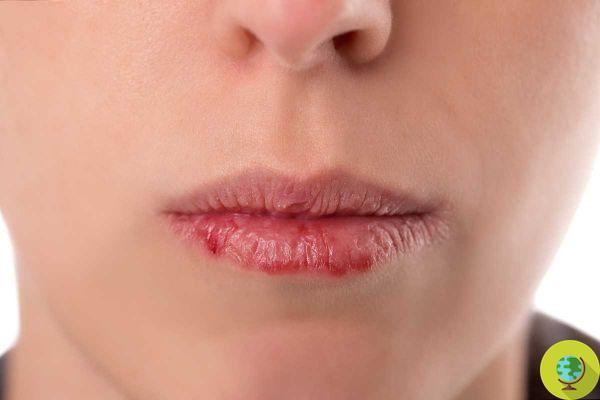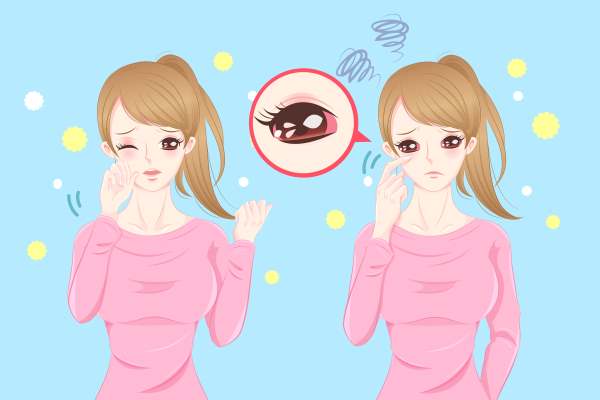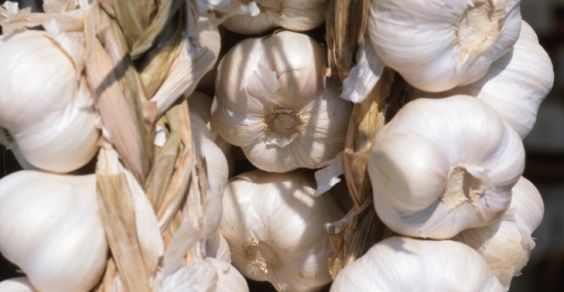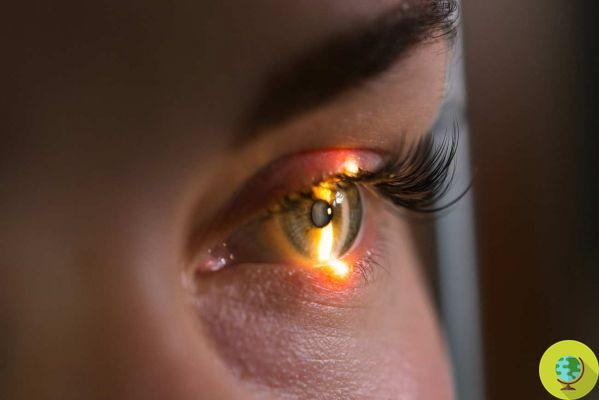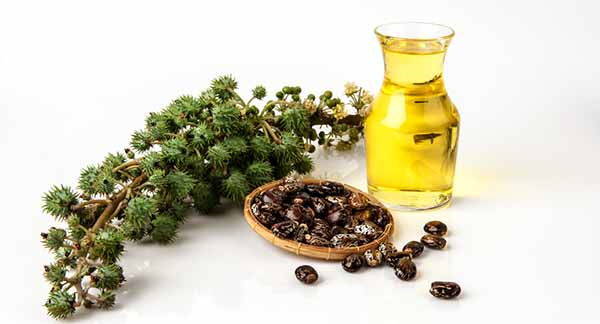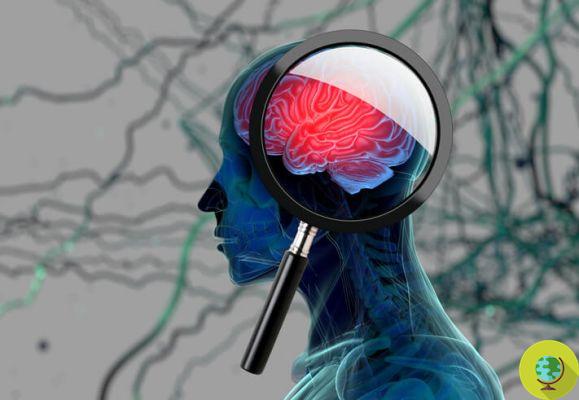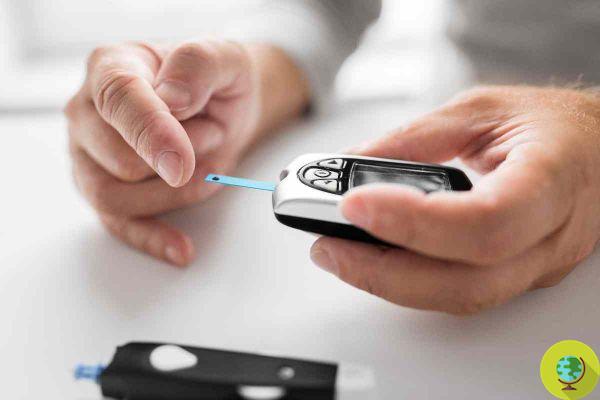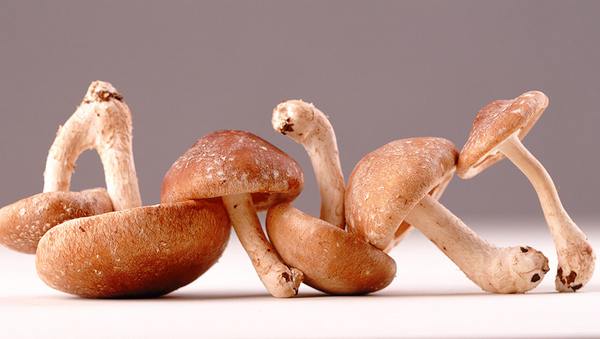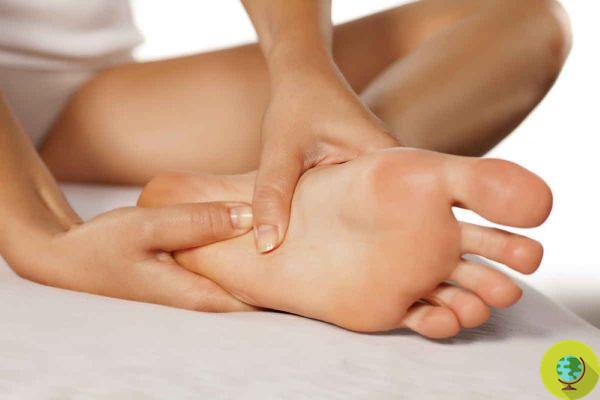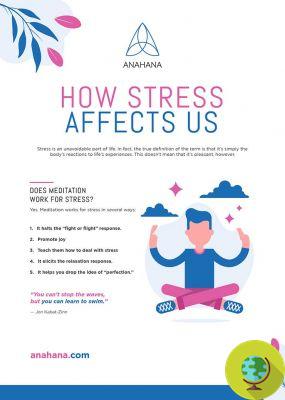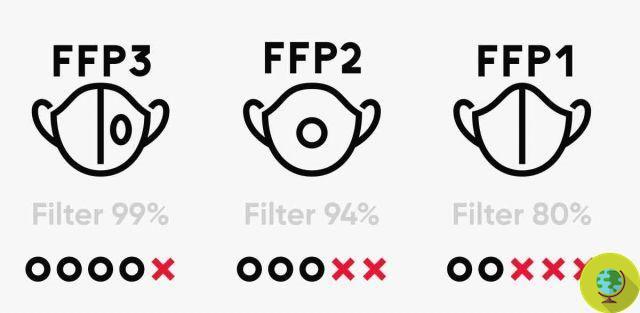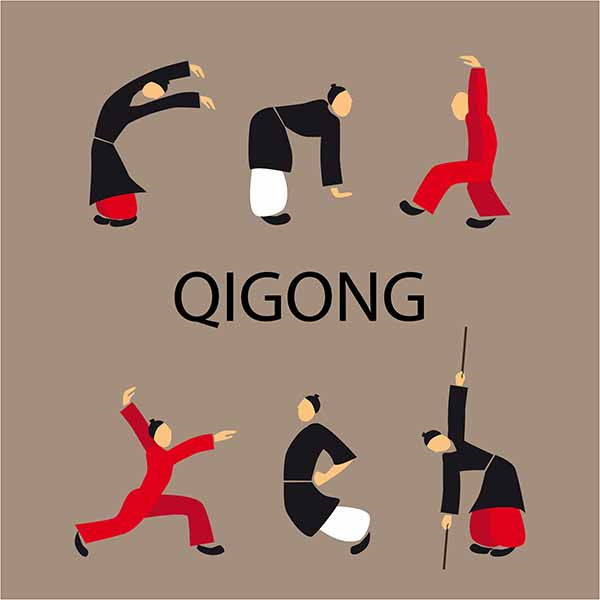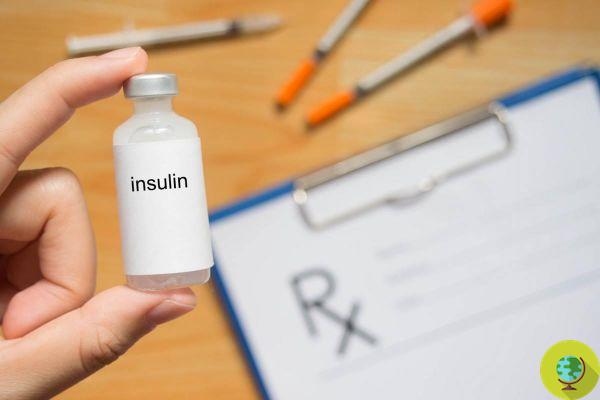Polycystic ovary syndrome, what are the symptoms? What are the causes that trigger it? How to diagnose it and what consequences, especially if you are planning a pregnancy?
Don't store avocado like this: it's dangerousSyndrome ofpolycystic ovary, what are the symptoms? Which ones causes that trigger it? How to diagnose it and what consequences, especially if you are planning a pregnancy?
With polycystic ovary syndrome, also known as ovarian polycystosis (PCO) or Stein-Leventhal syndrome, it indicates a series of symptoms resulting from a real hormonal imbalance in women of childbearing age. It is characterized by the presence of enlarged ovaries filled with cysts of various sizes. But how a polycystic ovary is formed? Can we live with it? What are the advice to follow?
About 5/10% of women in the age group between 18 and 44 in the world suffer from polycystic ovary, which, often, can also go unnoticed, so much so that many realize they have a polycystic ovary only when they start looking for a pregnancy.
READ also: BROWN LEAKS (SPOTTING): WHAT ARE THEY, CAUSES AND WHEN TO WORRY
Index
What is Polycystic Ovary Syndrome
It is a endocrine disorder affecting women of reproductive age and causing a hormonal disorder such as to have them irregular menstruation, a feeling of bloating, hirsutism, but also high blood pressure, diabetes and a tendency to be overweight.
In the presence of this syndrome, the ovaries are larger than average and have numerous cysts inside them.
For PCO to be diagnosed, they must be found at least two of the following three conditionsi:
- anovulation, i.e. absence of ovulation with consequent dysmenorrhea, amenorrhea and infertility
- excess of androgens, resulting in acne, hirsutism or mood disorders
- presence of ovarian cysts, with a characteristic "pearl necklace" arrangement
Women who suffer from polycystic ovary then have the increased risk of developing insulin resistance, which in turn can be linked to problems with obesity, type 2 diabetes mellitus, cardiovascular disease and high cholesterol.
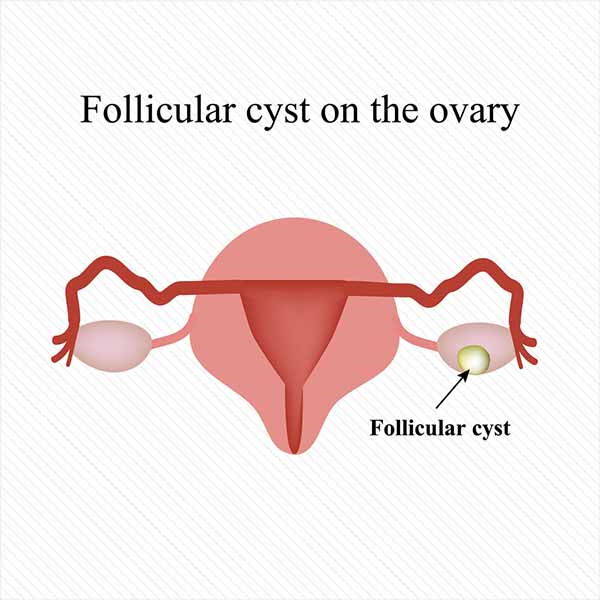
READ also: MENSTRUAL PAIN: 10 NATURAL REMEDIES TO RELIEVE THEM
In summary, then:
If the task of the ovaries is to "Release" each month the mature oocyte ready to be fertilized, in the presence of polycystic ovary syndrome this does not happen as it should: the follicles that contain the oocytes almost never reach complete maturation and therefore ovulation does not occur. In this way the follicles and oocytes remain "forced" in that area, thus facilitating the creation of many small cysts and the increase in size of the ovaries.
Polycystic ovary, what symptoms?
I symptoms of polycystic ovary syndrome are due to "chronic anovulation", that is toconstant absence of ovulation, associated with an increase in the production and secretion of androgens, the so-called "hyperandrogenism".
In general, there are three symptoms almost always present in the case of polycystic ovary:
- menstruation irregularities
- hirsutism
- obesity
Ovarian polycystosis may also occasionally be associated with some hormonal changes causing hyperandrogenism, as:
- Cushing syndrome
- congenital hyperplasia of the adrenal gland
- tumors of the ovary and adrenal gland
In summary, the most common symptoms of polycystic ovary syndrome are:
- changes in the menstrual cycle, such as oligomenorrhea (cycle lasting more than 35 days) or amenorrhea (absence of menstruation)
- infertility, due to chronic anovulation
- androgenic alopecia, typical male hair loss
- acne, greasy skin and seborrheic dermatitis
- acanthosis nigricans, characterized by the presence of dark spots on the skin
- soft fibroids
- premenstrual syndrome for long periods
- sleep apnea
- high blood levels of typically male hormonesi (androgens), specifically testosterone, androstenedione and DHEAS, which can cause hirsutism
- obesity, which can be concentrated in the lower half of the chest
- multiple cysts in the subcortical area of the ovaries
- enlargement of the ovaries due to cysts and a thick, smooth, pearly-colored ovarian surface
- recurrent miscarriage
READ also: STRESS: 10 WARNING SIGNS
In addition, exams arise:
- a ratio of LH (luteinizing hormone) to FSH (follicle stimulating hormone) levels greater than 2.5 when measured on the third day of the menstrual cycle
- high androgen levels (male sex hormones)
- reduced levels of SHBG (sex hormone binding protein), the protein that transports sex hormones
- slight increase in insulin (hyperinsulinemia) and cellular resistance to its action and consequent reduced glucose tolerance
- changes to the ultrasound examination of the morphological appearance of the ovaries: the ovaries appear in fact polycystic, with small follicles scattered on the surface that are instead absent in the center of the ovary. The follicles are small and immature and rarely reach maturity and ovulation
Polycystic ovary, what causes?
On causes of a polycystic ovary the scientific debate is still open. Precise origins, in fact, are not yet known. Some studies have documented a hypothesis of hereditary transmission (women whose mothers or sisters suffer from it would be more at risk), just as it would be likely that the syndrome occurs in patients with a positive family history of type II diabetes, non-insulin dependent, and premature baldness in male relatives.
The risk of contracting a polycystic ovary also appears higher if the patient is overweight.
Other research links the onset of the syndrome to certain situations such as poor reaction of white blood cells in front of infections: in these cases the polycystic ovaries would be stimulated. Still others associate the most important cause of polycystic ovary withhyperandrogenism, responsible for hirsutism and, indirectly, for anovulation and cycle disorders.
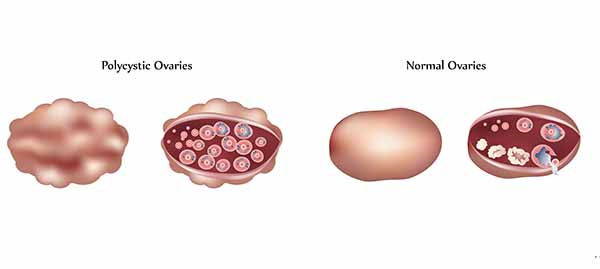
Hyperandrogenism is one disproportionate production of androgen hormones in women. This excess of androgens is due to a series of hormonal alterations that characterize ovarian polycystosis: in fact, we are talking about an increase in LH levels and excessive production of estrogen and androgen hormones on the part of the ovary. In particular, it is precisely the irregular secretion of LH that stimulates the ovary too much to produce this type of hormones in abundance.
In polycystic ovary syndrome the concentration of FSH, also produced by the pituitary, is instead reduced. Furthermore, the secretory variations of LH and FSH linked to an ovulatory menstrual cycle are abolished.
LH and FSH are respectively luteinizing hormone and follicle stimulating hormone and are the so-called "gonadotropins", hormones that regulate the activity of the gonads, that is the functions of the male and female reproductive organs.
Polycystic ovary, what consequences?
Women suffering from polycystic ovary syndrome may run the risk of encountering it several dysfunctions and complications, especially when you are (also) obese. Common consequences include increased blood pressure, development of type 2 diabetes, increased high cholesterol, cardiovascular disease, fatty liver, sleep apnea, infertility, depression, anxiety, endometrial cancer or gestational diabetes.
In summary, the consequences for PCO sufferers they can be:
- insulin resistance
- metabolic syndrome and hypertension
- diabetes
- endometrial hyperplasia and carcinoma
- cardiovascular diseases
- obstructive sleep apnea syndrome
Polycystic ovary, cures
As we have seen, polycystic ovary syndrome includes a variety of symptoms, so much so that doctors can also administer different types of drugs. It is obvious that it is evaluated on a case-by-case basis and it is it is always advisable to refer to your doctor.
The first tip any expert will give you, however, will in any case be about your lifestyle. Most of the time, in fact, it is recommended to:
- follow a low-calorie diet
- lose weight
- practice physical activity
A series of therapies will then follow which may include the use of:
- birth control pills
- drugs to increase insulin sensitivity
- antiandrogens
READ also: HYPOCALORIC DIET: HOW AND WHICH TO CHOOSE, SCHEMES AND ADVICE OF NUTRITIONISTS
Can i get pregnant if i have polycystic ovary?
Yes and it is proven: PCO is one of the main causes of female infertility, but people with polycystic ovary can become pregnant. However, always follow the instructions of your doctor.
For many women with PCO who want to get pregnant, the gynecologist will first recommend lose weight and lifestyle change before taking any medications, to see if ovulation naturally restores and improves the chance of pregnancy.
Then there are one series of medicines which can be administered from time to time:
- clomiphene, the basis of the most common treatment for infertility in women with polycystic ovaries
- inositol
- metformin, an insulin sensitizing drug used to date to treat diabetes and PCO-associated infertility
- combination of metformin and clomiphene
- gonadotropins
READ also: FERTILE DAYS: ALL THE WAYS TO CALCULATE THEM
In any case, please refer to the evaluation of your gynecologist.
About women and pregnancy you may also be interested in:
- PREMESTRUAL SYNDROME: REMEDIES THAT WORK TO RELIEVE SYMPTOMS
- GESTATIONAL DIABETES: SYMPTOMS, CAUSES, HOW TO PREVENT IT AND HOW TO TREAT IT
- ENDOMETRIOSIS: SYMPTOMS, CAUSES AND WHEN TO INTERVENE
Polycystic ovary, the diet to follow
As we said, among the first things your doctor can recommend is one low-calorie diet. It is generally recommended to reduce sugars and complex carbohydrates, to hire many fibers and cut down on saturated fat, eat lots of fruits and vegetables, and avoid carbohydrate-only meals.
Recommended foods:
- fruits and vegetables
- wholemeal flour
- brown rice
- fish
- white meats or lean red meats
- skimmed milk and yogurt
- vegetable
- a lot of water
The foods to avoid are:
- butter and other condiments high in saturated fat
- desserts
- sugary and carbonated drinks
- sausages
- Fried
- cheese
- alcohol
Germana Carillo




